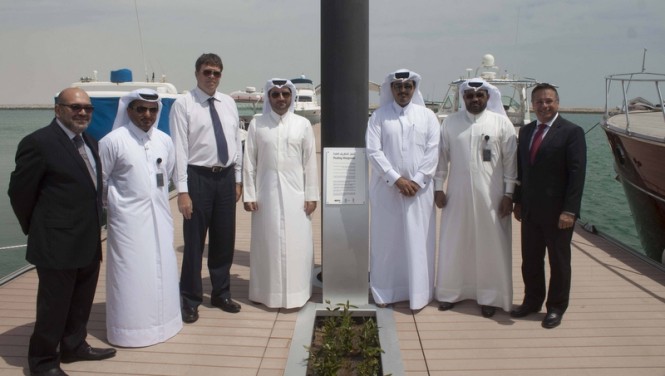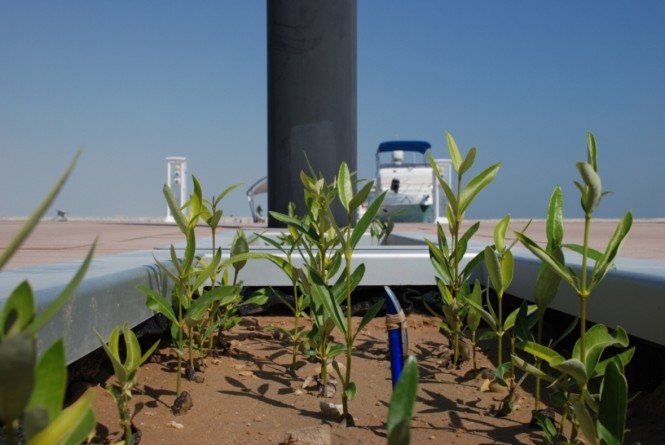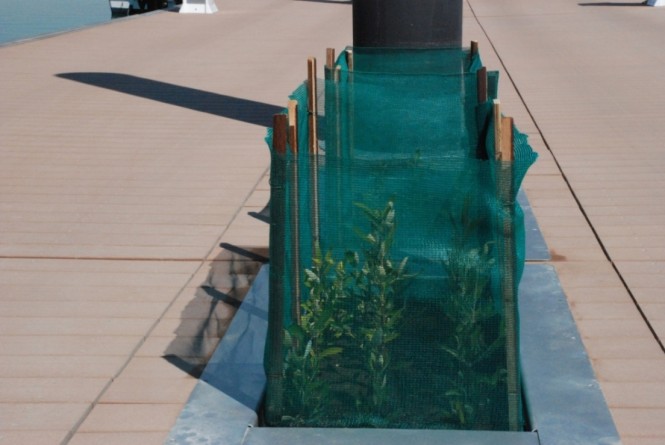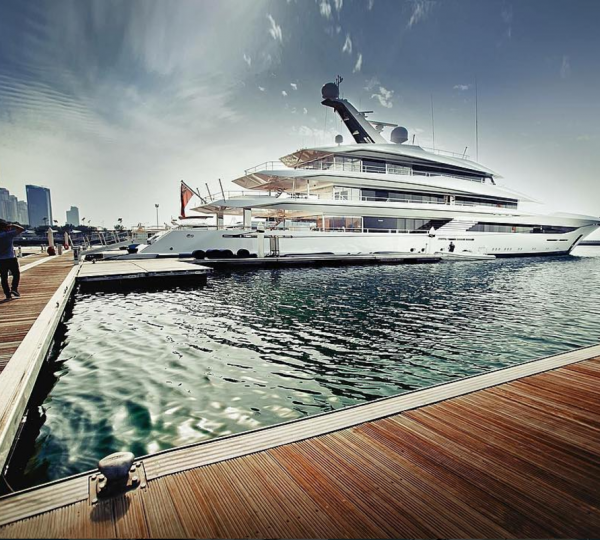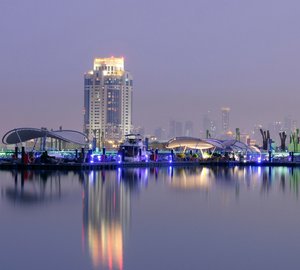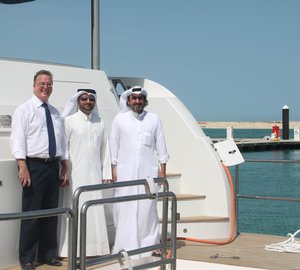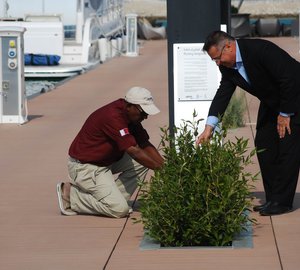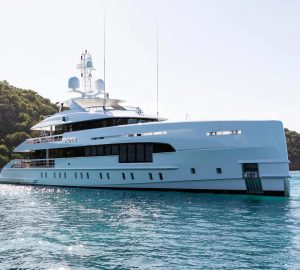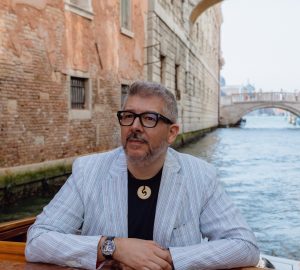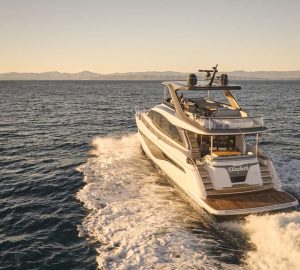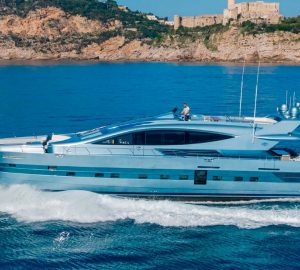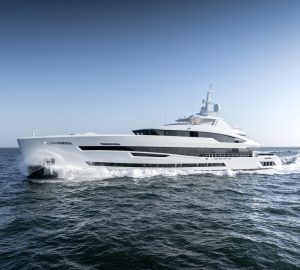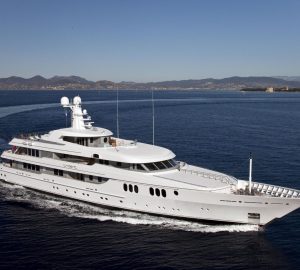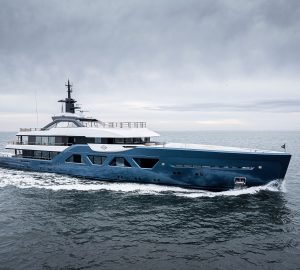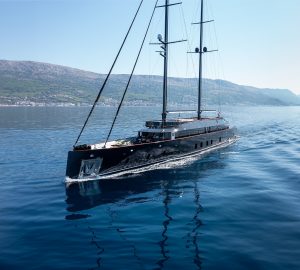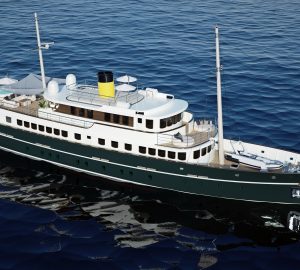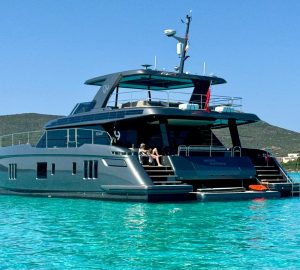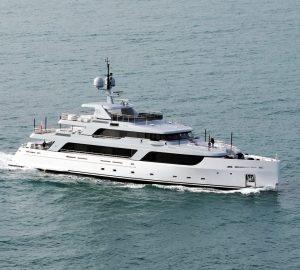April 10 saw UNESCO Doha, in partnership with Mourjan Marinas IGY as well as Lusail Real Estate Development Company, present a new project supporting the growth of floating mangroves at Lusail Marina, situated in the beautiful Middle Eastern yacht charter location – Doha in Qatar. The experiment represents the first-of-kind to investigate the use of floating mangroves for ‘carbon sequestration’ – the capturing of carbon emissions.
The results of this pioneering experiment will help shape understanding on mitigating climate change as scientists will see if the floating mangroves have the potential to make a significant contribution to reducing atmospheric carbon levels. Floating mangroves can contribute to environmental wellbeing by reducing land based marine pollution through taking up potassium, nitrogen and phosphates. Globally, mangroves are rapidly declining in quantity, ramping up on-going attempts to better conserve them.
The project first began in March 2012, after Mourjan Marinas IGY approached UNESCO with the idea. It saw UNESCO carry out ecological observations, seed collection, preparation and planting in floating boxes developed specifically for the project by Mourjan Marina IGY.
“In the past, some have suggested producing mangroves in inland deserts under seawater irrigation to make the deserts green, however, this is a controversial approach due to the dangers of irreversible salinization of soils and ground-water, as well as habitat loss,” said Benno Boer, Ecological Sciences Advisor for UNESCO Arab Region. “Our floating mangroves experiment is totally unique and suggests an alternative method which has not yet grasped the attention of the climate change movement.”
The experiment showcases Qatar’s commitment to conserving the environment through eco-friendly projects.
“Floating mangroves can be developed into large-scale cash crop systems in the sub-tropical and tropical coastal oceans of the world, such as biofuel and livestock fodder, generating jobs, income and profit,” said Benno Boer.
“We welcome the opportunity to partner with UNESCO Doha in realising our vision for this iconic new city that is set to become a beacon for sustainable mega developments around the region,” said Eng. Essa Mohammed Ali Kaldari, CEO of Lusail Real Estate Development Company (LREDC).
As well as having the potential to bring countless benefits to the environment, the project has involved the local community at a grass roots level. At least five university students are expected developing the medium-scale proto-types in the second phase of the activity.
“Conservation of the local environment and being as eco-friendly as we can is extremely important to Mourjan Marinas IGY – we ensure that all of our marinas are built and maintained with the greatest sensitivity to the local environment,” said Wayne Sheperd, General Manager at Mourjan Marinas IGY. “For a long time it has been Mourjan’s vision to have this break-through initiative incorporated into the design and construction of our marinas, and we are delighted to partner with UNESCO and Lusail Real Estate Development Company to make it a reality. We are excited to see the outcomes of the experiment.”
The experimental mangroves made the switch from fifty per cent seawater, fifty per cent freshwater irrigation to one hundred per cent seawater irrigation in January 2013. Salt-marsh plants (Arthrocnemum macrostachyum, Halocnemum strobilaceum, Halopeplis perfoliata, Saliconia sinus-persica and Suaeda arabica) produced from cuttings have also been added to further growth ahead of the Mangrove flowering period (March – June).
“Lusail City’s involvement in environmental initiatives is a big priority to us,” added Alf Alf Ziegler, Environmental & Sustainability Manager, LREDC. “As Qatar’s premier lifestyle destination, we are excited to contribute to global research on an area of significant scientific interest.”
The floating mangroves can be viewed in their planter boxes at Lusail Marina, Lusail City.

